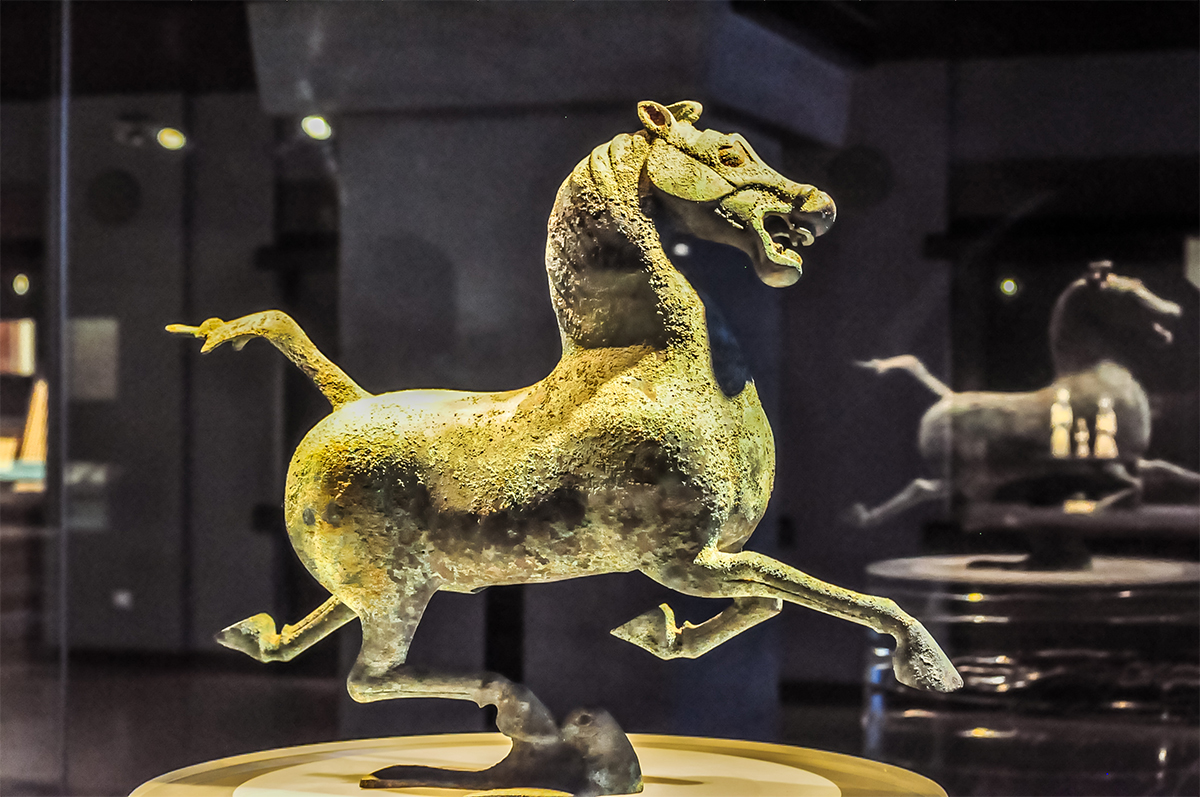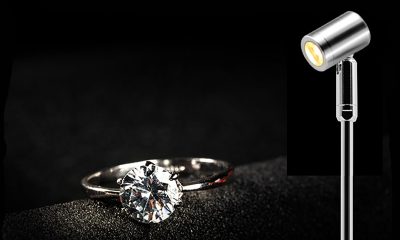Museum grade display case lighting fixtures herein refer to internally mounted exhibit case lights. These light fixtures are tasked with providing illuminance that helps visitors appreciate the exhibit. Light is the most efficient form of information transmission since it can influence the visual perception of texture, color and shape of artworks. Museum grade display case lighting fixtures work to illuminate exhibits without becoming the headliner. They must be installed unobtrusively into museum exhibit display cases, which include, for example, built-in cases, four-sided glass cases with solid top, five-sided glass cases with solid top, grand cases, mini-cases, table cases with flat tops, table cases with lectern tops, and wall cases.
LED technology is at the heart of recent innovation in the museum lighting industry. Due to the very compact size of LEDs, LED lights can be designed in custom form factors and in very small footprints. Reducing sizes and unprecedented design freedom make this technology well suited to internal lighting of exhibit display cases. Light is needed to appreciate artwork, but visible radiation from legacy light sources can damage exhibits due to radiant heating and photochemical action. LEDs do not produce infrared (IR) radiation and they hardly emit any ultraviolet (UV) energy. With LED lighting, the spectral power distribution (SPD) of light can be optimized to provide visitors with accurate visual access to the display. Through spectral engineering, the color rendering performance and correlated color temperature (CCT) of the light source can be tailored to enhance the exhibit display and visitor experience.
LED display case lights in linear forms provide general display lighting. These fixtures are constructed with linear LED modules which have an array of SMD LEDs populated on a flexible printed circuit board (PCB) or metal core printed circuit board (MCPCB). The LED module can also be a COB LED strip light.
The linear light fixture may be assembled using an aluminum profile which are designed to accommodate both the LED module and optical lens. For linear display lighting applications, the color uniformity across the entire run of the LED module must be controlled to a tight specification.
To creates a hierarchy of importance for exhibits, a layer of accent light may be used. Accent lighting is provided by miniature LED spotlights which provide the necessary luminance contrast by producing a concentrated beam of light.
The LED driver that operates LED display case lights is remotely mounted to prevent heat buildup. Lighting controls may be built into the LED driver to support visual and energy management needs as well as to help preserve light-sensitive artifacts.
Fiber optical lighting is another choice for internal lighting of museum exhibit display cases. A fiber optic system utilizes a special clear glass or polycarbonate extrusion to pipe highly focused light or to provide continuous light along the entire length. The light projector is usually mounted remotely outside the display case.










Loading...